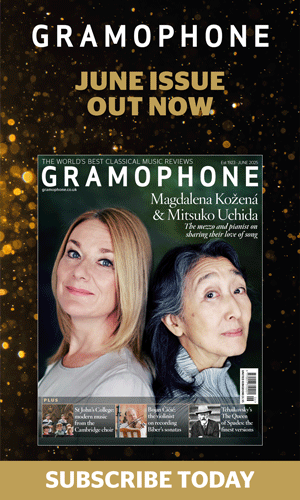Capturing animals in music
Friday, April 9, 2021
From Saint-Saëns to Copland, pianist An-Ting Chang selects her favourite depictions of birds and beasts in classical music

Register now to continue reading
Thanks for exploring the Gramophone website. Sign up for a free account today to enjoy the following benefits:
- Free access to 3 subscriber-only articles per month
- Unlimited access to our news, podcasts and awards pages
- Free weekly email newsletter








